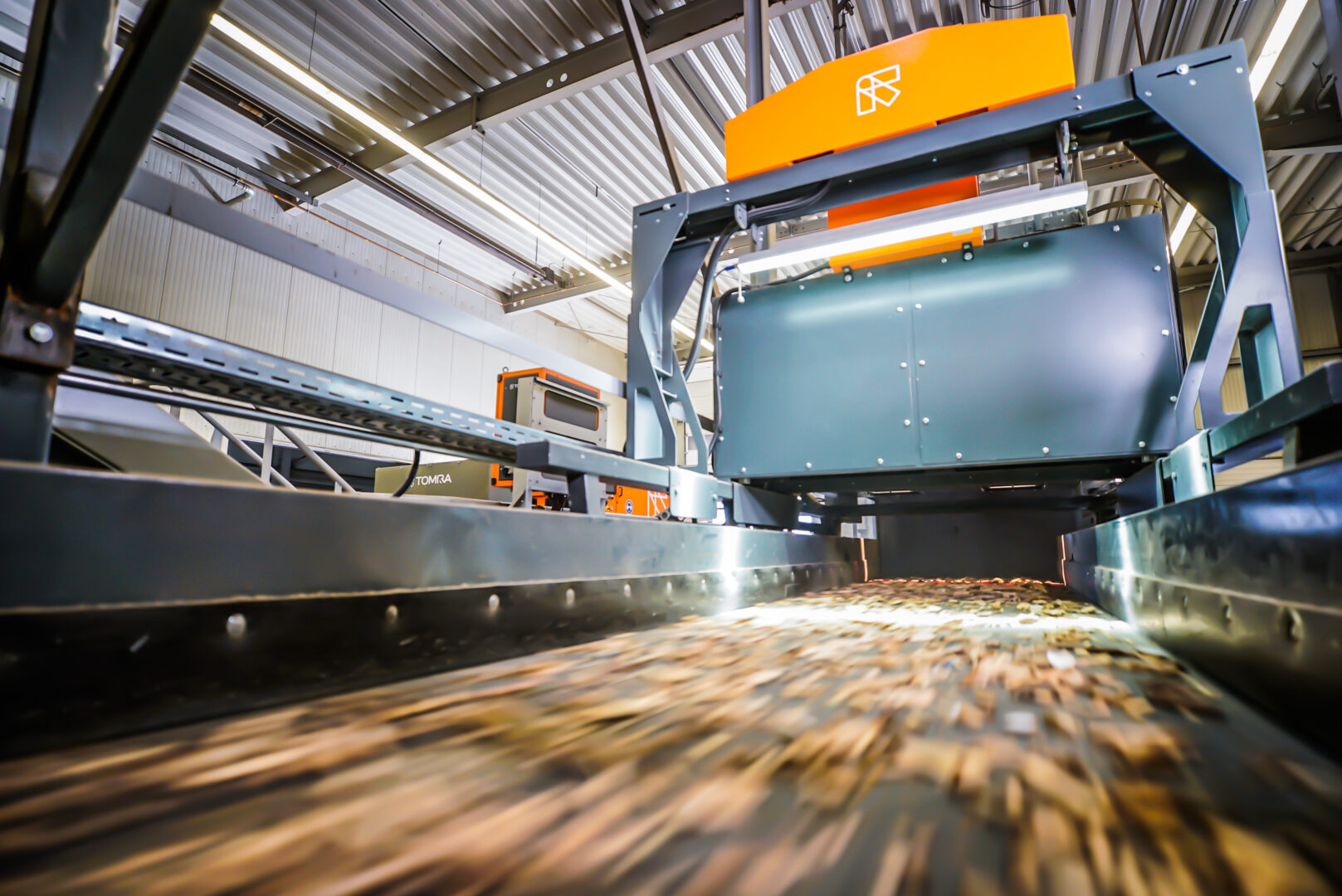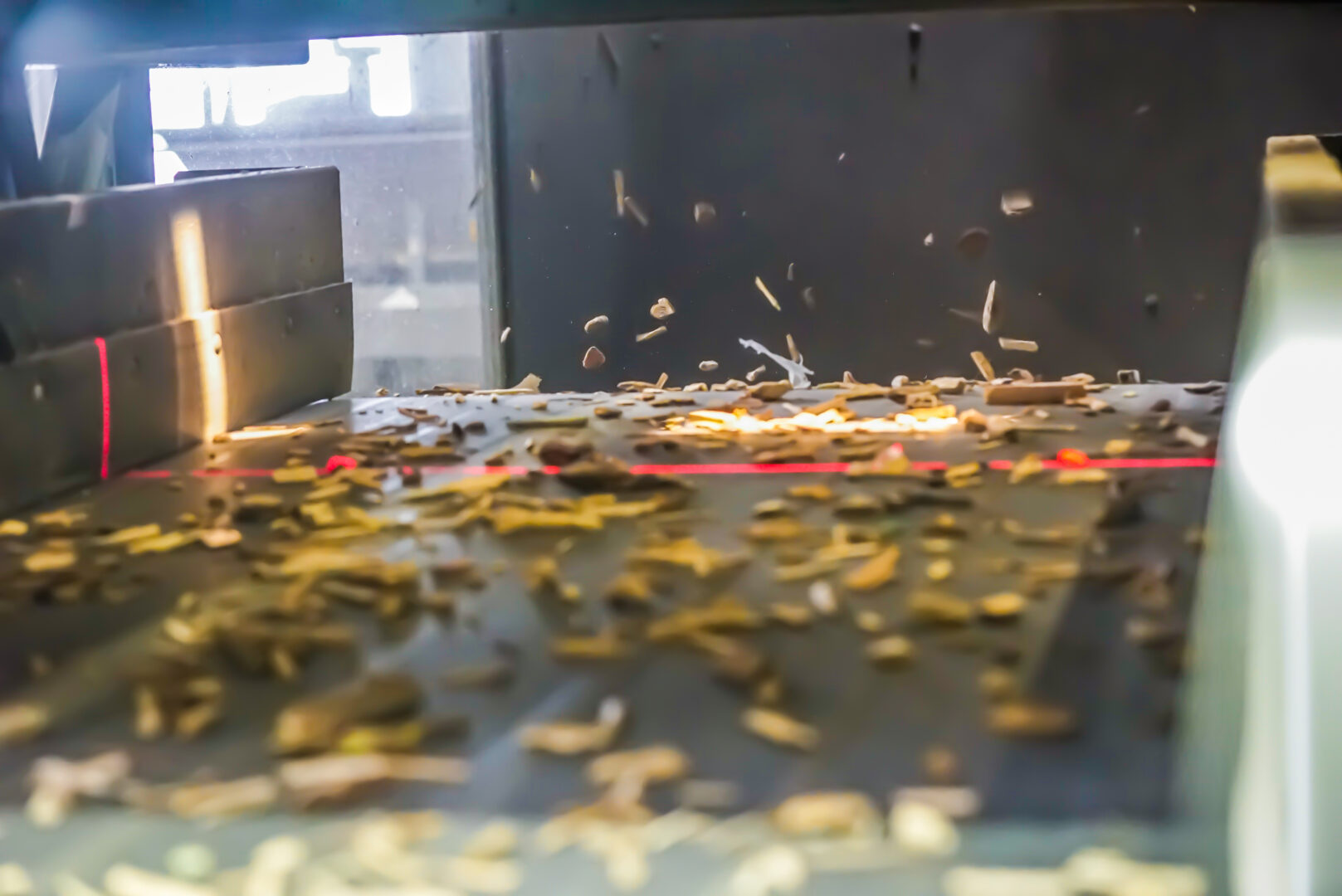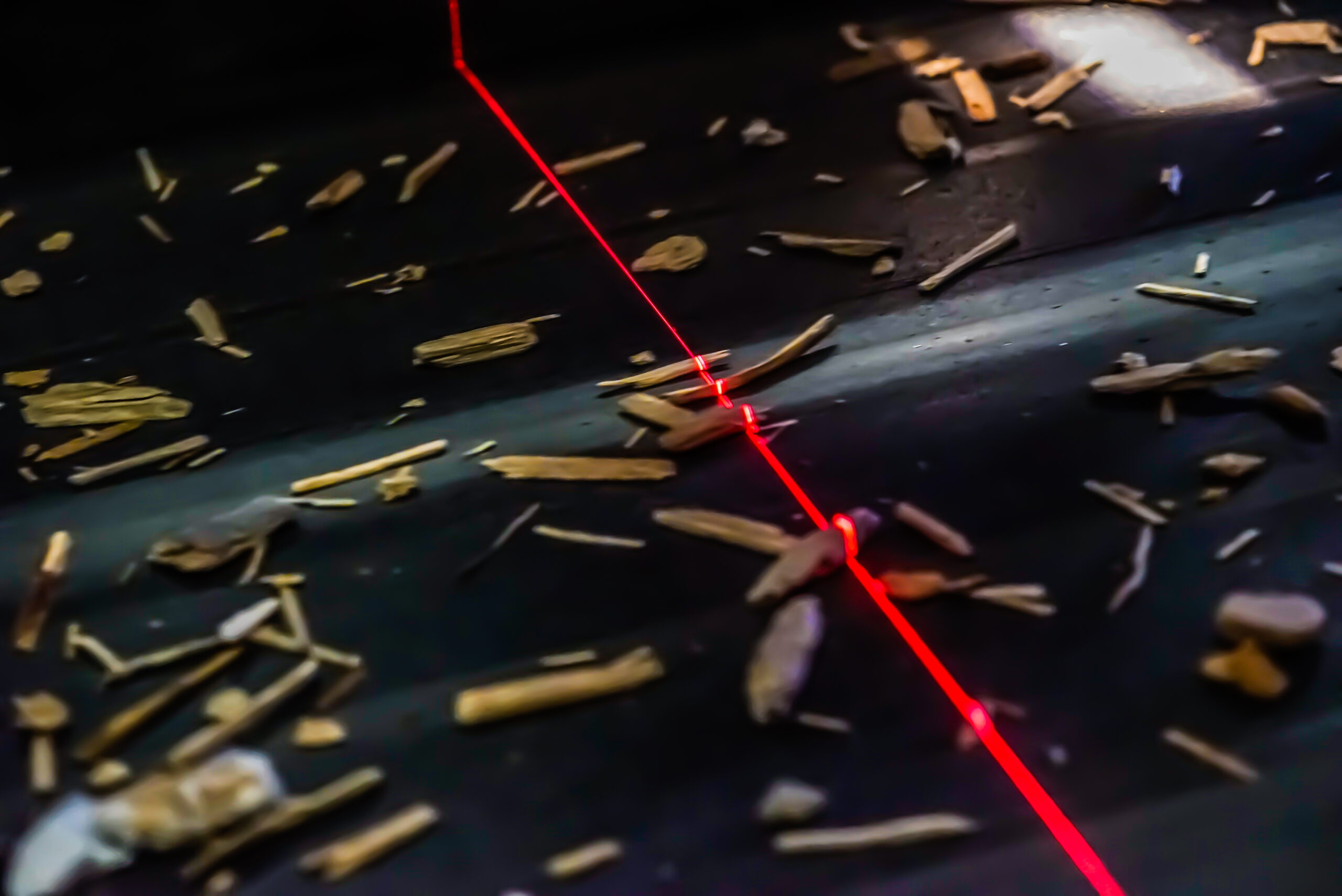The company has combined its Autosort technology with its deep learning-based sorting add-on, Gain, to create a solution that can distinguish between and sort different types of wood-based materials, significantly enhancing customers’ sorting and manufacturing processes.

The primary application for Tomra Recycling’s new solution is sorting Wood A – non-processed wood – from Wood B – processed wood products such as MDF (medium-density fiberboard), HDF (high-density fiberboard), oriented strand board (OSB) and chipboard.
Tomra’s X-Tract solution quickly became popular with chipboard manufacturers to produce a clean recycled woodchip fraction by sorting and separating out the inert material (glass, stones, ceramics, etc.) and metals. Once the X-Tract unit has removed these impurities, the recovered woodchip is of sufficiently high quality to be used in the production of standard chipboards.

In recent years, however, Tomra Recycling has been approached by an increasing number of customers who are looking to use recycled wood of a much higher purity level in their production processes. To achieve these specific purity requirements, in addition to removing the inert material and metals in the infeed stream, other impurities including engineered wood composites as well as polymers, would have to be removed.










